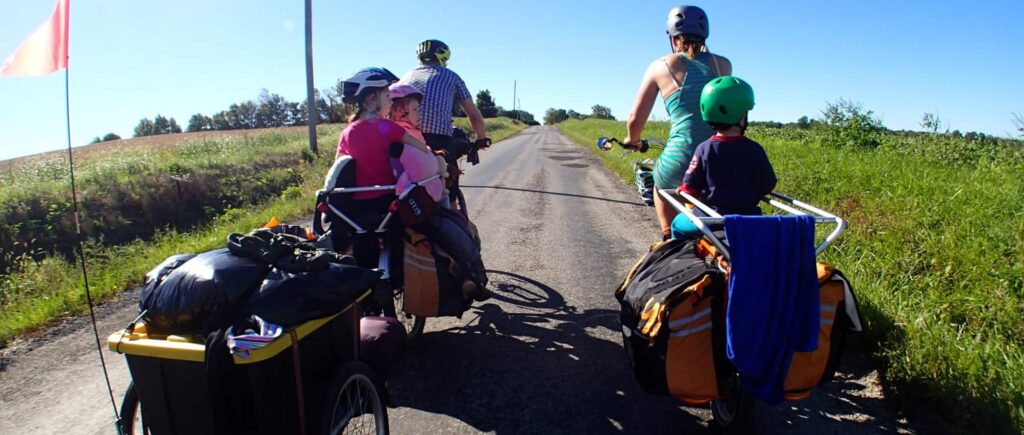Children love cycling. Not only does it offer the chance to climb and race down hills get muddy and explore, the chances are their friends will have a bike, too, so they can play and go on adventures as a group.
Of course, as they get older it also calls for common-sense, in terms of where and when they go cycling but that, too, is all part of the learning process.
Kids will inevitably get into scrapes but at least on a bike, the chances are they will be able to count on their friends to ensure everyone returns safe and sound.
By the age of two, if your child doesn’t yet have a bike, they soon will. Why? Because when you are out and about, they will have seen other children riding, and there is no greater attention grabber than seeing another child involved in an activity they are not.
Added Stability
You will quickly learn the power of peer pressure, so what to buy? A tricycle is an ideal first bike because they offer the added stability of those two wheels at the rear.
They should come supplied with a long metal parent’s handle. This fits into the rear of the frame and allows you a degree of control over the progress of the bike. Less practical but a lot more fun is a loud, squeaky horn to keep junior amused.
As your child grows, the general rule is that they should move from two-wheel models with 14-inch wheels, to 16-, to 18-, these increases in wheel size reflecting their growing ability to control the machine and their need for added performance.
On no account be tempted to invest in a bike that is too big for your child. It may sound like a good idea for getting value for money because, so the argument goes, they will use it for longer, but the reality is that you are putting them in danger.
Whatever age a cyclist is, if they are not comfortable on a machine, then their ability to control it is impaired. Now does that sound like value for money?
When choosing your first two-wheeler, the features you should be looking out for are: single gear for ease of use, a sturdy chain guard to prevent any oil staining clothing, and a set of stabilisers.
The latter fit to the sides of the back wheel and allow the child the initial reassurance of a tricycle’s rear stability while they get used to their new machine.
When your child is ready to cast off the stabilisers for the first time, ensure that the practice runs are completed on grassland where the odd spill will result in a softer landing than that afforded by concrete or Tarmac.
Safety Equipment
While the bike is the biggest piece of kit your child is going to need, don’t forget those other essential items that will protect them while on the move. First and foremost, a helmet that fits snugly.
Visit a specialist shop that will ensure your child is fitted with the right size. And as your child grows, ensure they always have a proper fitting helmet and that they wear it – it can be a lifesaver!
Other safety equipment includes elbow pads (self-explanatory) and gloves to guard against knuckle scuffs if they fall off.
Finally, footwear: the chances are your child will be wearing trainers or boots, which are ideal; whereas sandals or any shoe that leaves the feet and ankles too exposed, or have smooth soles, are not.
Once your child is happy on two wheels, then it’s a case of letting them go and grow. The cycle is giving them their first taste of independence. Now, there really is no stopping them.


